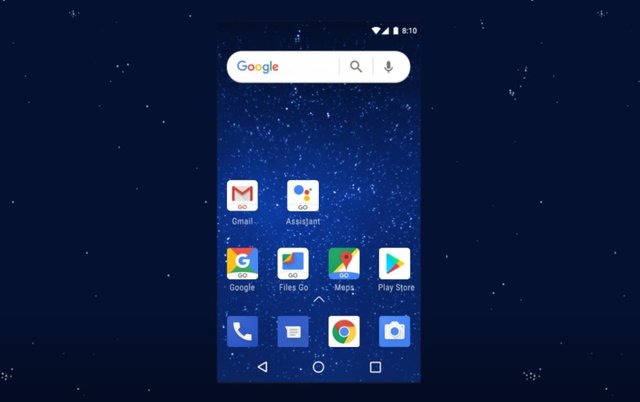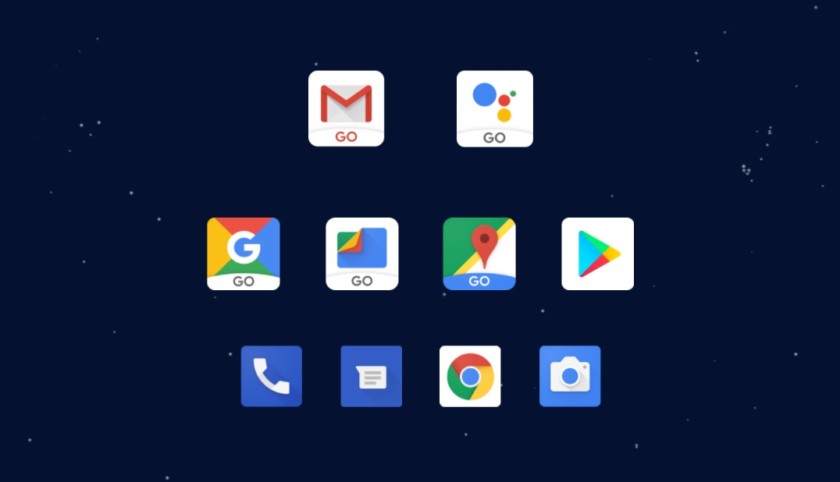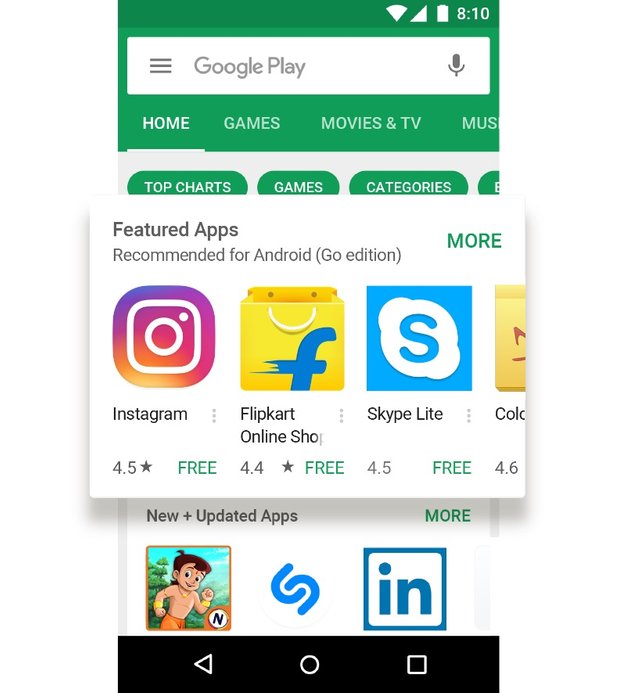What is Android Go? Android Go: Everything you need to know
After its brief introduction at Google I/O earlier this year, Google has now officially launched Android Go, the company’s new software project designed for developing markets. Google has opened up Android Go, or Android Oreo (Go edition) as it’s also known, to OEMs who can now start developing for the platform, and has launched a new section of the Android site dedicated to the system.
We’ve combed through all of the information there and broken down the key details for you below; here’s everything you need to know about Android Go.
What is Android Go?
In essence, Android Go is a lightweight version of Android Oreo, comprised of three, optimized areas: the operating system, the Google Play Store, and the Google apps. These have been reimagined for Android Oreo (Go edition) to make them run better on lesser hardware.
OS:
The OS itself is based on Android Oreo but it’s built to run on smartphones with 1 GB of RAM or less. The OS is said to take up roughly half of the internal storage space as Android Nougat, giving smartphones with low storage the breathing room to hold more media and apps out of the box.
Additionally, devices running Android Oreo (Go edition) are said to open apps 15 percent faster than previous Android software (though you should note this is also the case with the regular version of Android Oreo) and Google has enabled the “data saver” feature by default — helping users consume less mobile data with the system too.
Apps:
Like the OS, Google has also developed apps to make better use of the device’s memory. The company has redesigned its G Suite apps to take up less space and perform better on low-end hardware. These preinstalled apps are said to require up to 50% less storage space overall than the regular versions, and include YouTube Go, Google Maps Go, and Gmail Go (the latter of which we have yet to learn anything about). Google Assistant will also be able to run on phones with 1 GB of RAM or less for the first time ever as Google Assistant Go.
Meanwhile, Google has also introduced a few new apps specifically for Android Go: Google Go and Files Go. Google Go is a revamped version of the Google Lite app, which will make it “easy to find popular queries, top websites and apps, trending images and gifs at blazing speed, with minimal typing,” while Files Go is a file manager app that should make it easy to free up storage space.
By taking advantage of Google’s Building for Billions development guidelines, other creators should be able to produce apps optimized for Android Go in future also.
Play Store:
Building a new OS and pre-installed apps package is a great start for Android Go, but what about when people begin using the device in the real world? To help users maintain their lightweight system they set out with, Android Go devices will have access to an exclusive version of the Play Store.
The Android Oreo (Go edition) Play Store will house all of the same content as the regular Play Store, only the storefront will be more suited to low-storage devices. Google will have a featured apps section that recommends apps specifically for Android Go devices, pointing users in the direction of apps that will be of most benefit to them.
What are the disadvantages of Android Go?
So far, we’ve only talked about the Android Go benefits, but if it was all roses then we wouldn’t have any need for the regular Android Oreo version. It’s going to take some hands-on time with the software to fully explore this, Google obviously isn’t going to parade all the compromises Android Go has to make when announcing it, but one could assume that producing slimmer and faster apps will come at a cost to functionality.
As an example, here’s a list of caveats that come with Chrome’s data saving mode:
*Data Saver won’t work if you’re on secure pages (addresses that start with https://)
*Data Saver won’t work in Incognito mode
*Some websites might have trouble finding your location
*Some images might look fuzzy
*Websites that are restricted to certain groups, like your company’s internal sites, might not load
*You might not be able to sign in to your mobile carrier’s website
*Changes you made to your /etc/hosts file won’t work
If this is representative of the kinds of limitations that we’ll see in other areas of the Android Go interface (and it might be, Google does discuss Chrome’s data saver on its Android Go features page — it’s entirely related), then it could house some significant deviations from the regular Android Oreo software functionality.
When will Android Go be released?
Android Go is available now for OEMs and we expect to see the first lineup of devices running the software to appear in the coming months.
Where will Android Go be available?
Any OEM will have the opportunity to build a device running Android Go, but it’s clear that the focus is on emerging markets. In its Android Go announcement post, Google noted that Android has more users in India than the US — that would be our best guess for where the first devices would land.
Which devices will Android Go be available for?
Like the release timeframe, we can’t yet offer anything useful about which smartphones will run Android Go. Any entry-level handset could benefit from the system, though, so it’s going to be of interest to many manufacturers.
That’s all we’ve got on Android Go right now but we’ll update this page with more information as we get it. In the meantime, what do you think of Android Go? Will it generate a big boost for Android in emerging markets, or will it suffer the same fate as Android One? Let us know your opinions in the comments.



Nic post
tnx
mahir bro @mahia @odhora Account apnader
ho... grouping kortasi chaile add hote paro
Koi Jon ache grupe
akhn 4jon hoyse